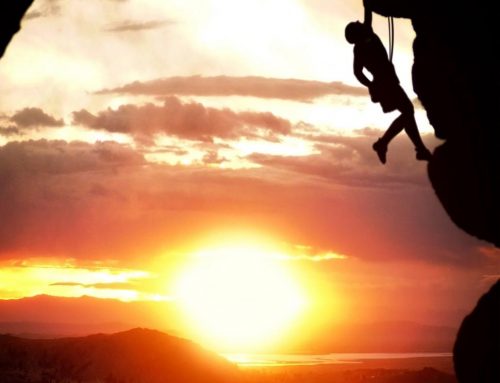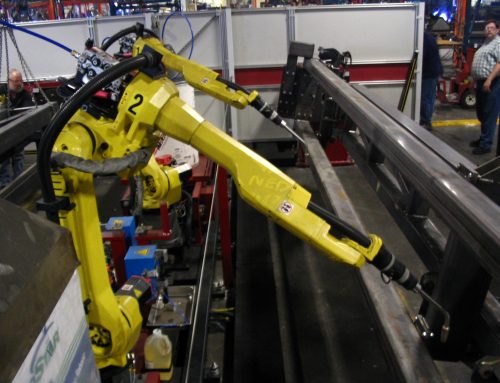
image by Jack Moreh
Humans create a lot of waste. Over the last century, as technology has provided us with machines to make our lives easier and many products for daily living have become affordable — we are throwing more and more “stuff” away. Looked at from an economics perspective, our economy functions on a linear basis — make, take, dispose. Apple makes a new iPhone? We get rid of our old one. Dishwasher breaks? A quick phone call and someone takes the old one away and a new one appears in its place. Clearly, this is a disastrous mindset for the long term. There is only so much space on the planet and these products made of steel and plastic do not decompose. Fortunately, there are innovative thinkers who are doing more than touting the “reduce, reuse, recycle” mantra. They believe an overhaul of the way our economy functions can still provide us with the technology we want while maintaining the health of the environment and increase economic growth. Enter the “circular economy.”
The concept of the circular economy is based upon the belief that the biological life cycle works. In the environment, the cycle is self-sustaining. There is no waste, and it operates in an endless cycle of birth, death, and rebirth. Humans’ approach, as described in the paragraph above, is at odds with this natural process. We are using a finite supply of resources and creating toxic waste at the same time. Can we adopt the processes of the natural world to fit ours? In other words, can the waste we create make more capital rather than reduce it?
It is possible—but we must think creatively about the products we use and redesign them. The goal is to create products that contain parts specifically designed for re-use or a new use later. Packaging should be biodegradable at least and possibly productive of a new biological resource at best. Manufacture and transport of products should be accomplished with renewable energy. Once a product’s initial use has expired, the component parts can be disassembled and reused for another product. This mode of thinking particularly applies to durable goods: appliances, power tools, and cell phones.
Let’s go even further than the products themselves. What if we examined our own habits of ownership? We can certainly buy that phone from Apple with its parts created specifically to make a new phone or something else when we’re done with it. A lot of companies have recycling programs now, but not a lot of people take advantage of it. So the product re-design would be pointless and we would be back to square one. However, what if we did not own our cell phones or appliances? What if we leased them from Apple or Bosch and once they no longer worked or were no longer needed, we sent them back to the manufacturer because they were not ours to begin with? Thus, the cycle of re-using the products could occur in a significant enough way to make an impact.
Innovation, disruption, creativity—many of the topics I cover on this blog come together in this circular economy concept. One group at the forefront of this movement is the Ellen MacArthur Foundation, based in the UK. Founded in 2010, this organization works with companies like Caterpillar, Apple, Google, BASF, Philips, and Unilever in addition to working with governments and in education to transform the way we see the use and re-use of products and their effect on the environment. As the foundation puts it, “growth decoupled from resource constraints” could be one way of moving into the future.





